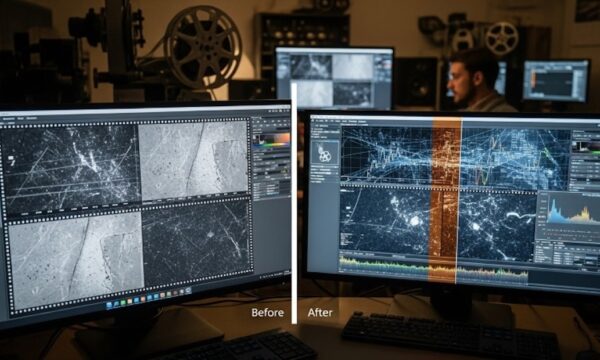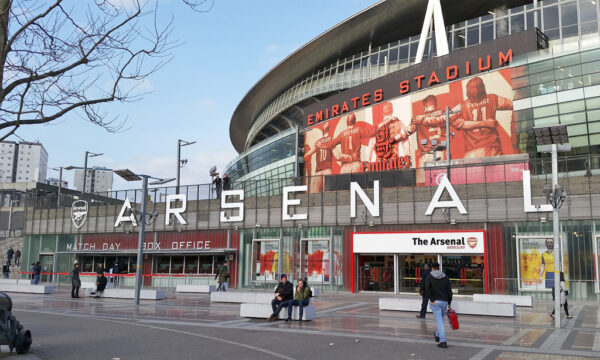Digital signage: A new trend in communication

Over the past year, screens have transcended their primary function as a useful tool and an amusing toy, becoming an indispensable necessity. Although before they had indisputable recreational value and provided a great means of boosting products and services, during the pandemic they became our principal media source and our main means of shopping, as well as the predominant platform for our professional lives. This shift from practical device to precious commodity is even more obvious when it comes to staying in touch. No longer is technology just a supplement to one’s social life: it’s a vital way to communicate. The average consumer’s life in lockdown has revolved around laptops and TVs, where video calls, virtual quizzes and watch parties have replaced in-person events. Now, as the world comes out of lockdown, the power of monitors has never been more apparent. Though society is emerging from its online cocoon, people have woken up to the true potential of technology – and this makes screens of all sizes the best platform for getting a message across. Here are three reasons why digital signage has become an important new trend which is irrevocably shaping the business landscape.
Mobile access
Due to its online nature, digital signage can be accessed almost anywhere. One can manage their designs from any location and send their message remotely to individual screens or groups of screens. Using an app like Look Digital Signage will enable immediate content playback anywhere in the world. This particular piece of software also enables offline playback, meaning that once the data has been downloaded by the user, it is stored in the device itself and doesn’t require a constant internet connection. This prevents the dreaded blank screens and sevice messages that could put potential customers off.
Paper-free promotion
Gone are the days when leaflets and printed posters were a crucial part of spreading your message. Given the climate crisis, it’s increasingly important to monitor and reduce one’s carbon footprint and build a business responsibly. Service providers, retailers and content producers alike could benefit from turning away from traditional materials and going paper-free, focusing on how to create a better user online experience or improve their product placement in the virtual sphere. Digital signage facilitates growth in an eco-friendly way, allowing one to reach the maximum amount of people with the minimum waste.
Intuitive design
Digital signage is also an incredibly intuitive way to work. It’s possible to tailor at every stage, from the design process – where you can test out exciting graphics, experiment with dividing the screen into different dedicated sections and create layouts that will adapt to different screens (whatever their orientation, resolution or aspect ratio) – to the interactive process, which can enable the live collection of feedback from consumers as well as offering room for fun game-style features and promos. The more the consumer is entertained, the more they will buy into the message, and the more information gleaned from their experience, the more one can evolve to meet their needs.
The editorial unit

























Facebook
Twitter
Instagram
YouTube
RSS